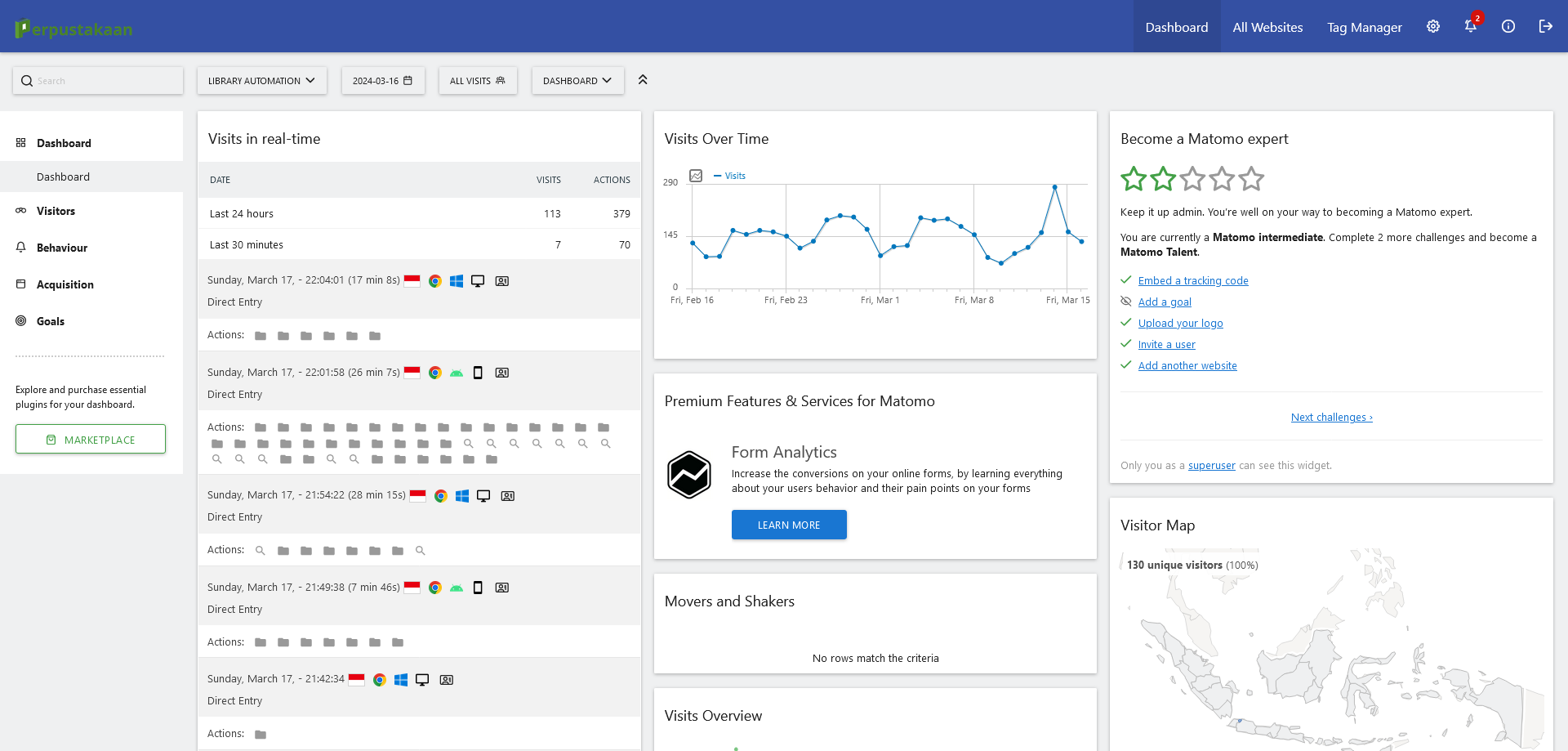Collection Details

Tracing and documenting Nazi Victims past and present
Borggräfe, Henning - Nama Orang
Höschler, Christian - Nama Orang
Panek, Isabel - Nama Orang
After World War II, tracing and documenting Nazi victims emerged against the background of millions of missing persons and early compensation proceedings. This was a process in which the Allies, international aid organizations, and survivors themselves took part. New archives, documentation centers and tracing bureaus were founded amid the increasing Cold War divide. They gathered documents on Nazi persecution and structured them in specialized collections to provide information on individual fates and their grave repercussions: the loss of relatives, the search for a new home, physical or mental injuries, existential problems, social support and recognition, but also continued exclusion or discrimination. By doing so, institutions involved in this work were inevitably confronted with contentious issues—such as varying political mandates, neutrality vs. solidarity with those formerly persecuted, data protection vs. public interest, and many more. Over time, tracing bureaus and archives changed methods and policies and even expanded their activities, using historical documents for both research and public remembrance. This is the first publication to explore this multifaceted history of tracing and documenting past and present.
Additional Information
- Penerbit
- Berlin, Germany : De Gruyter (2020)
- GMD ( General Material Designation )
- Electronic Resource
- No. Panggil
-
025TRAt
- ISBN/ISSN9783110665376
- Klasifikasi
- 025
- Deskripsi Fisik
- VIII, 342 p.
- Bahasa
- English
- Edisi
- -
- Subjek
- Humans
History, 20th Century - Pernyataan Tanggungjawab
- -
- Info Detail Spesifik
- -
- GMD
- Electronic Resource
- Tipe Isi
- text
- Tipe Media
- computer
- Tipe Pembawa
- online resource




